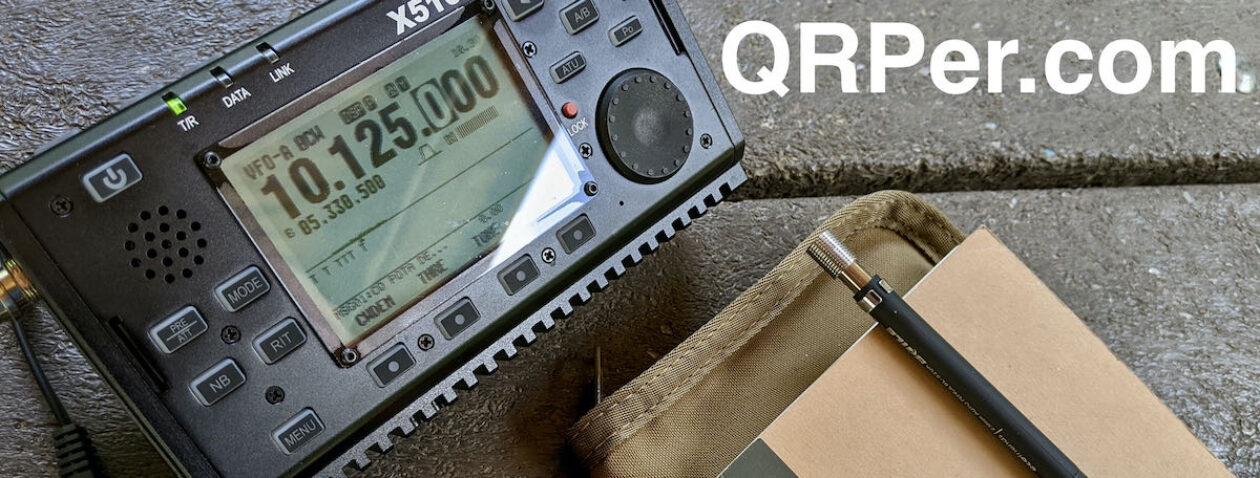
Many thanks to QRPer, Pete (WB9FLW), who notes that Ashhar Farhan (VU2ESE) has recently announced the availability of the uBITX v 6.0–as Pete notes, “just in time for the Holidays!“
Pete shared the following message from Farhan:
Here is what [the uBITx v 6.0] looks like :
And of course, you can buy it on hfsignals.com. The shipping will happen from Tuesday onwards. We have a limited supply of the first 200 boards. The rest is for after Christmas.
The most important thing about this revision is that the Radio circuitry is almost unchanged. We have incorporated the connectors on the PCBs. So, this kit needs none of the confusing soldering. You snap in the TFT Raduino onto the main board, plug the power and antenna from the back, snap on headphones, plug in the mic (supplied with the kit) and off you go!
It is offered in two kits now : The basic kit (150 USD) is without the box (like old times) but with a microphone and two acrylic templates for the front and back panels.
The Full kit (199 USD) has the box with speaker, mounting hardware etc. Both are described on the website.
Now, about the TFT display:
For those who are using the 16×2 display and you would like to upgrade, you will have to do three things:
Add a heatsink to the 7805 of the raduino
Buy [here] and hook it up as per [this article].
Grab the new Arduino sketch from https://github.com/afarhan/ubitxv6
Background:
I have been hacking away at adding a TFT display for the Arduino for sometime. Finally, I managed to do this with a really inexpensive 2.8 inch TFT display that uses a controller called the ILI9341. The display update is slow but, clever guy that I am, the display very usable. it uses the same pins that earlier connected to the 16×2 LCD display. This display is available everywhere for a few dollars.
Many thanks, Pete, for sharing this announcement. The price was simply too attractive to me, so I just purchased the full kit for $199 US. (Thanks for being the good enabler you are, Pete!)
I’ll post an update when I receive the transceiver and assemble it. I do hope this is a workable little radio–it would be pretty amazing for newcomers to the hobby to be able to get on the HF bands for a mere $200 US. I also love the fact that this is all based on open-source, hackable technologies.















